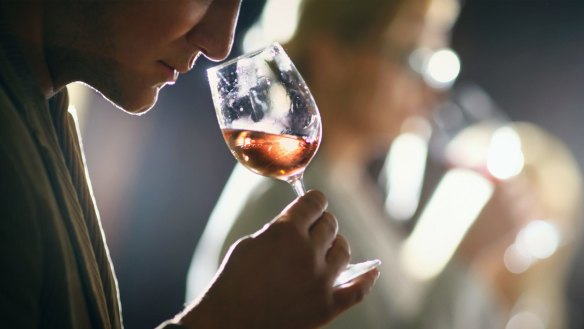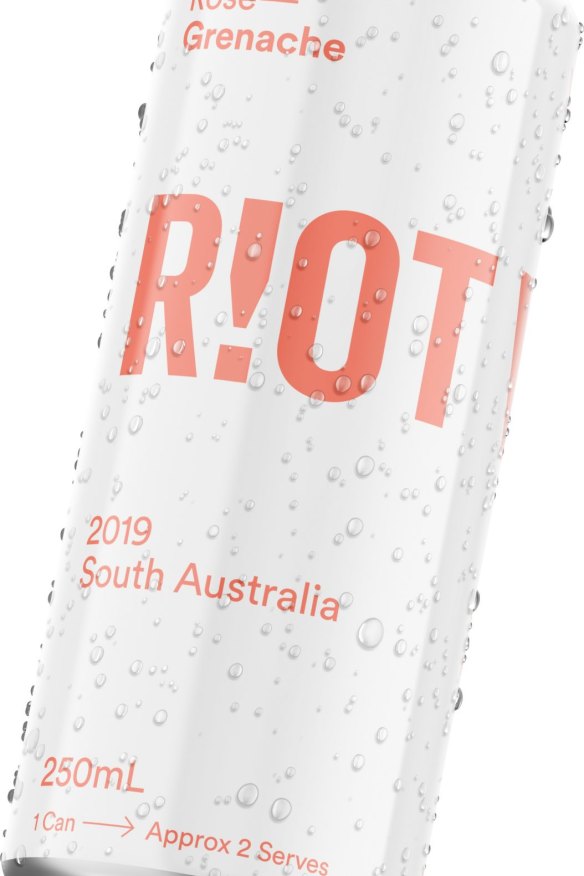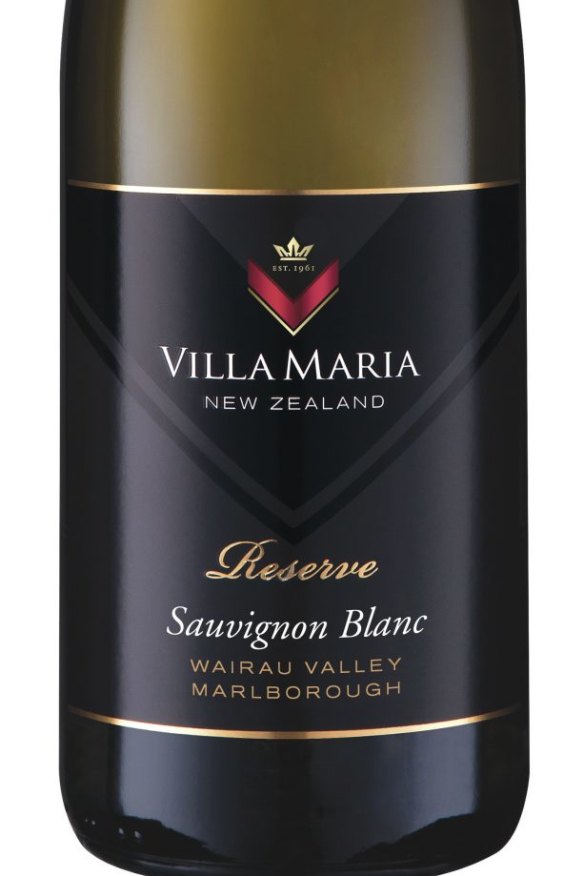Attention wine snobs: these 'uncool' wines are actually good

When it comes to elitism, pretension and outright snobbery, the world of wine (and by that, I mean the people who sell it and people who drink it) has a lot to answer for.
We all have a judgmental friend who turns their nose up at anything other than biodynamic beaujolais cru, right? Okay, maybe that's just me.
Jokes aside, I'm not saying there's no such thing as a bad wine (or that bad wine is even tolerable), but it doesn't hurt to occasionally look past the smokescreen of misinformation that shrouds the industry – when it comes to wine, you do you.
With that in mind, here are four kinds of wine that often cop a bad rap but aren't always terrible.
Wine in a can

Canned wines are a stroke of genius. They are portable, you can chill them down fast, you can take them to glass-free events like festivals and concerts and you don't have to commit to opening an entire 750ml bottle for one or two glasses. Best of all, old cans get recycled into new cans!
That said, it can still go horribly wrong, so here are a couple of handy tips.
First up, the can itself doesn't do the contents any favours in the long term, so pick a wine style that's best drunk within a year or so of release, something like rosé or a prosecco.
Secondly, you need a decent wine. Check out South Australia's Riot Wine Co – winemaker Tom O'Donnell makes sustainable, minimal-intervention wine that's only destined for kegs or cans, so we know he's not mucking around.
New Zealand sauvignon blanc
The sauvignon blanc of New Zealand, and particularly that of Marlborough, is a victim of its success.
Since Cloudy Bay founder David Hohnen (also of Cape Mentelle fame) put NZ's trademark style of exuberant, tropical fruit-driven sauvignon blanc on the map in the late 1980s production has boomed – around 300,000 tonnes of sauv blanc grapes were harvested in 2019, and more than 70 per cent of all wine produced in New Zealand comes from Marlborough.

But as yields go up, quality comes down, and sadly, the grape and region have fallen out of favour with "serious" wine drinkers.
But there are producers harnessing the unique terroir of Marlborough's two top sub-regions, Wairau and Awatere, to create small-batch wines with a sense of place.
Villa Maria, New Zealand's most awarded winery, make a couple of standouts: its reserve sauvignon blanc, made from Wairau Valley fruit, is punchy and tropical, whereas the Clifford Bay sauvignon blanc from Awatere vineyards is more mineral, with steely, flinty notes. The best bit? They're both under $30.
Multi-regional, multi varietal blends
The idea that a wine has to be from a single region or grape to be a great wine is wrong. Sure, if you're talking about most of Europe, where strict rules prohibit winemakers from even dipping a toe outside of their appellation, then a narrow scope won't hurt – I can almost guarantee you that a bottle of burgundy is going to be better than a vin de France.
But here in Australia, we've always been free to source fruit from where it grows best, be it cabernet from Coonawarra or shiraz from the Barossa, to create a wine greater than the sum of its parts. Steer clear of the $6 bottles in favour of more niche (read: higher quality) offerings.
Gippsland-based Fleet Wines does a smashing pinot noir/syrah combo; down in Hobart, Moorilla's Praxis sparkling riesling draws fruit from across southern Tasmania for a fresh and fruit-driven mid-week bubbly.
Sweet wines
Some of the best, and most highly sought-after, wines in the world are sweet wines. Of course, those are the expensive sweet wines.
Really cheap sweet wines, unfortunately, have given the genre a bad name (I'm looking at you, Fruity Lexia).Then there's the social stigma – it's just more fashionable to drink dry wines right now, a trend largely encouraged by the global popularity of pale, bone-dry rosé.
But there's no shame in residual sugar. Not only can sweeter wines be incredibly delicious, they're also useful. An off-dry (that's industry chat for "a little bit sweet") riesling paired with a fiery curry is some kind of wizardry, and a lightly sparkling, elegantly fruity moscato d'asti is just the ticket for day drinking, what with its naturally low ABV (usually around 5 to 6 per cent). Bottoms up.